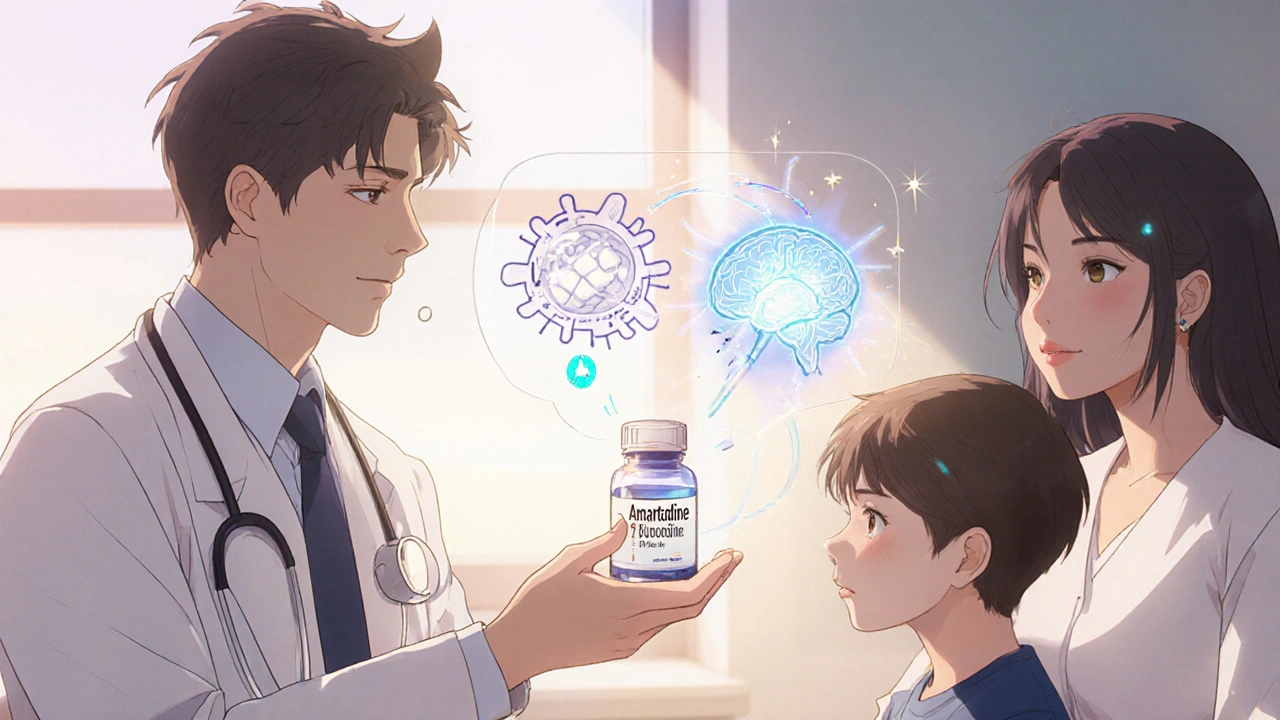

When talking about efficacy, the ability of a medication or therapy to produce the intended therapeutic result under real‑world conditions. Also known as effectiveness, it helps patients and clinicians decide whether a treatment lives up to its promise.
One major way we gauge efficacy is through clinical trials, controlled studies that test a drug’s performance against placebos or existing therapies. These trials generate hard data on how well a product works, what doses are optimal, and which groups benefit most. Another key piece of the puzzle is drug comparison, side‑by‑side evaluations of two or more medications that focus on efficacy, safety, cost, and patient preferences. Together, trials and comparisons shape the evidence base that clinicians rely on every day.
If a treatment’s efficacy is low, patients may waste time, money, and experience unnecessary side effects. High‑efficacy drugs can shorten illness, reduce hospital stays, and improve quality of life. That’s why the medical community tracks not just the primary outcome—did the drug work?—but also secondary outcomes like symptom relief speed, durability of response, and impact on daily activities. Understanding these nuances helps you ask the right questions when you or a loved one considers a new prescription.
Side‑effect profiles play a huge role in perceived efficacy. A medication that works well but triggers severe nausea may be abandoned, lowering its real‑world effectiveness. In many of our articles, we break down how common adverse events—like abdominal pain from bisacodyl or hormonal shifts from steroids—affect overall treatment success. By weighing benefits against drawbacks, you get a clearer picture of whether a drug truly meets your health goals.
Another layer is treatment outcomes across different conditions. For chronic diseases such as diabetes, we compare SGLT2 inhibitors like empagliflozin against alternatives, looking at heart‑protective benefits and kidney function preservation. In mental health, recent lurasidone trials show how efficacy balances symptom control with tolerability. These condition‑specific insights illustrate that efficacy isn’t a one‑size‑fits‑all metric; it shifts with disease, patient age, and comorbidities.
Real‑world evidence adds depth beyond the lab. Post‑marketing studies, patient registries, and insurance claim analyses reveal how drugs perform outside strict trial protocols. For example, vacuum erectile devices are evaluated not just for erection quality but also for user satisfaction and long‑term adherence. This broader view helps you see whether the promised benefits translate into daily life.
Cost is another practical consideration. An expensive drug may have marginally higher efficacy, but insurance coverage, generic alternatives, and dosage flexibility can make a cheaper option more accessible and thus more effective for the average patient. Our comparisons often highlight where savings align with solid efficacy, guiding smarter budgeting without sacrificing care.
Ultimately, efficacy is a dynamic concept that evolves with new research, emerging therapies, and shifting patient needs. By staying informed about clinical trial results, drug comparisons, side‑effect management, and real‑world outcomes, you empower yourself to choose treatments that truly work for you. Below, you’ll find a curated list of articles that dive deep into these topics, from hormone therapies and antibiotics to lifestyle‑linked conditions and cutting‑edge psychiatric meds.

A concise guide on amantadine use in children, covering safety, effectiveness, dosing, side effects, and practical tips for parents and clinicians.